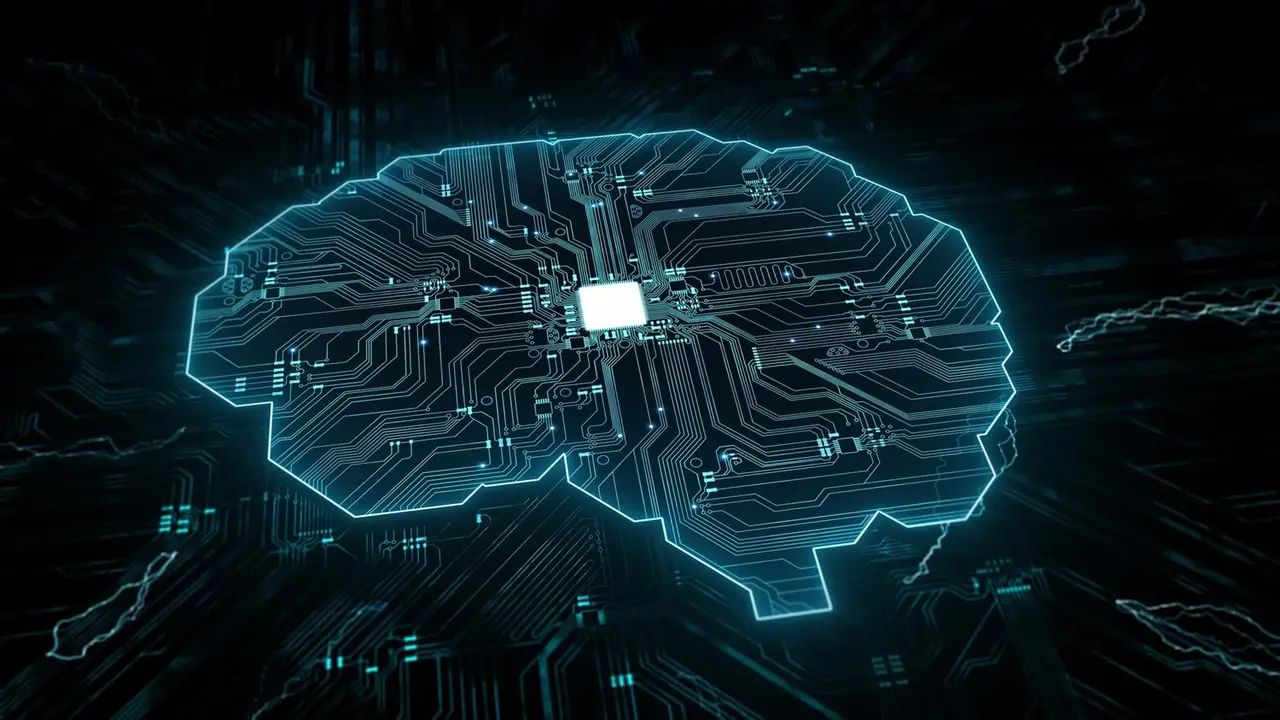Cornell University researchers have made a breakthrough that opens a new door in the world of technology. The “microwave brain” chip they developed has become the world’s first processor capable of processing both ultrafast data signals and wireless communication signals simultaneously.
Microwave brain designed
This experimental chip has the ability to think like a living brain while simultaneously communicating wirelessly like a radio. It performs all of this in an area the size of a smartwatch, using only 200 milliwatts of power. This is far less than the power consumed by similar digital neural networks.

The chip features a neural network design inspired by the workings of the brain. By connecting the chip’s components via adjustable waveguides, the researchers enabled it to recognize patterns in data and learn.
Unlike traditional digital processors, this chip can process data at tens of gigahertz using analog, nonlinear microwave signals, eliminating latency or bottlenecks.
This physical interaction complements the feature extraction process, which digital AI networks perform at the software layer, at the hardware level. Data is not loaded into memory and then processed again; Instead, the microwave network performs the computation directly. Because small, adjustable components within the chip can instantly change signal paths, switching between different AI tasks requires no pre-training.
In laboratory tests, this new chip has classified wireless signals with 88 percent or higher accuracy. This result puts it on par with larger digital systems. Furthermore, it achieves this without the need for additional circuitry or error correction systems.
The hardware’s sensitivity to small changes in signal behavior makes the chip suitable not only for AI applications but also for applications such as radar tracking, decoding busy radio channels, and network security.
Although still in the prototype phase, the project is reportedly supported by a major institution like DARPA. The researchers aim to integrate this technology with existing microwave and digital systems.
If successful, the boundaries between processor and antenna could be eliminated. This could mean that your phone’s processor can also be your antenna, or your smartwatch can think locally without connecting to the cloud.













